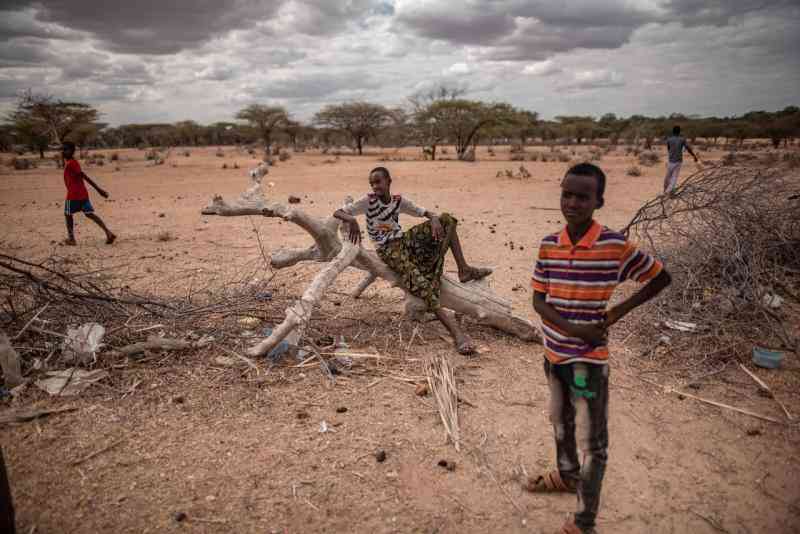By Duncan Mboyah
With many plants and animals unable to adapt fast to the changes caused by global warming, their populations are dwindling.
But one bird — the ostrich — has out-smarted the changing climate and wild predators, and continues to multiply in the wilderness to the amazement of scientists.
A new International Livestock Research Institute (ILRI) study found that the birds thrive even under drought conditions. The birds hatch episodically with unusually high success in dry periods, indicating the importance of drought to their population dynamics, reports the Institute.
Chicks increased
According the study, ostrich chicks in Kenya increased following the 1993-1994, 1997 and 1999 – 2000 droughts, suggesting increments under arid conditions. However, a decrease was noted following the El Nino floods of 1997 – 1998.
Remarkably, the research that was conducted between 1989 and 2003 in the Mara-Serengeti ecosystem shows that of the 162 hatchlings counted in the Mara Reserve during the period, 128 chicks were hatched in 1994 following the severest dry-season drought in the Mara since 1965.
Breeding among ostriches was markedly seasonal with peaks in February and October. "The peaks occurred in months of low rainfall and just before the onset of long rains in March and the short rains in November," says lead researcher Joseph Ogutu.
He says hatchlings were most abundant in years following droughts due to better moisture and temperature conditions, reduced fires due to low fuel loads and reduced predation.
The observations were a clear signal that droughts probably enhanced the hatching of ostrich eggs by increasing the susceptibility of herbivores to predators, thus reducing the predation pressure falling on ostrich eggs or chicks.
Ostrich farming
With the findings ostrich farming may assume greater importance in arid ecosystems. "With the recurrent droughts and arising temperatures in the Mara – Serengeti and elsewhere in East Africa, the sub-region is capable of supplying ostriches to the Middle East where they are in high demand," says Dr Ogutu.
Ostriches breed in the dry season in areas that receive less than 200mm of annual rainfall and the chicks hatch before the onset of heavy rains.
From the study, it was found that adult ostriches’ survival were lower in El Nino years that are characterised by heavy rainfall, floods and food shortages, and higher in La Nina years typified by dry spells and food shortages.
Stay informed. Subscribe to our newsletter
Wild ostriches are likely to become more nomadic with increased food shortages and therefore experience more conflicts with humans, says Ogutu.
 The Standard Group Plc is a
multi-media organization with investments in media platforms spanning newspaper
print operations, television, radio broadcasting, digital and online services. The
Standard Group is recognized as a leading multi-media house in Kenya with a key
influence in matters of national and international interest.
The Standard Group Plc is a
multi-media organization with investments in media platforms spanning newspaper
print operations, television, radio broadcasting, digital and online services. The
Standard Group is recognized as a leading multi-media house in Kenya with a key
influence in matters of national and international interest.
 The Standard Group Plc is a
multi-media organization with investments in media platforms spanning newspaper
print operations, television, radio broadcasting, digital and online services. The
Standard Group is recognized as a leading multi-media house in Kenya with a key
influence in matters of national and international interest.
The Standard Group Plc is a
multi-media organization with investments in media platforms spanning newspaper
print operations, television, radio broadcasting, digital and online services. The
Standard Group is recognized as a leading multi-media house in Kenya with a key
influence in matters of national and international interest.









